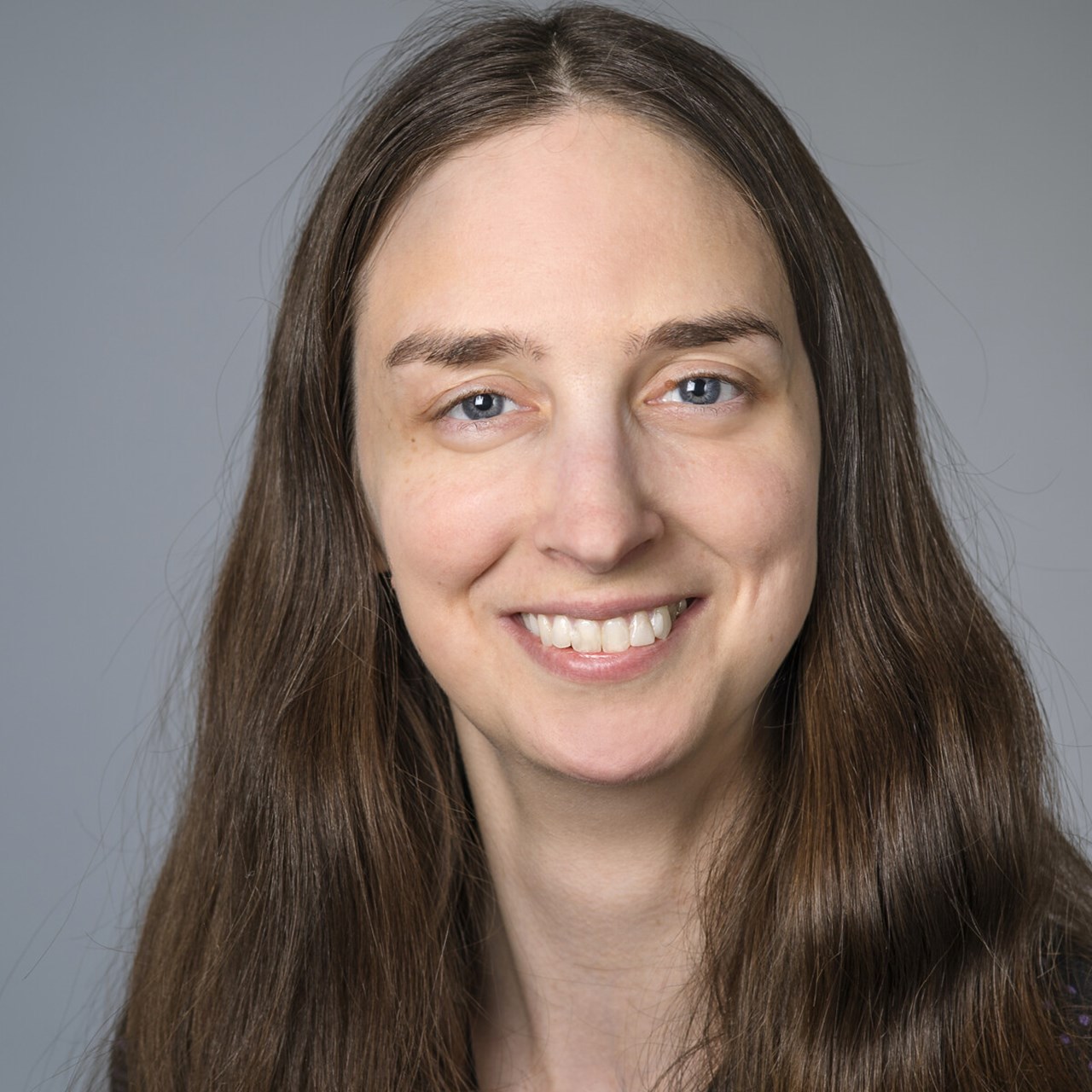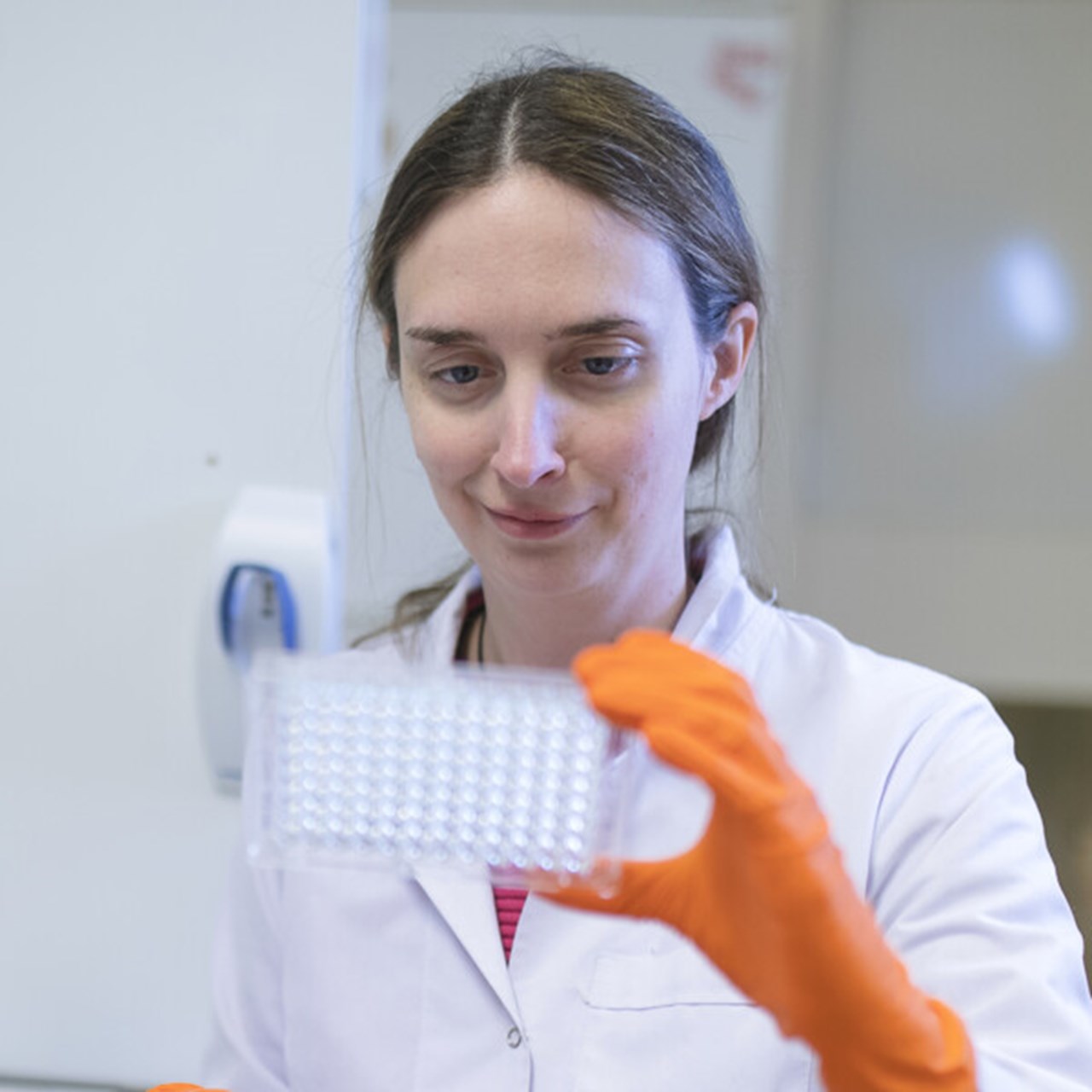Short facts
Name: Barbara Susanne Sixt
Family: My cat has accompanied me from the US to France and then to Sweden. The rest of my family is in Austria.
Comes from: I was born and raised in Vienna, Austria.
Lives: At Tomtebo in Umeå, near the Nydala Lake.
Motivates me at work: I’m driven by curiosity. Biology is fascinating and there is still much to discover.
Inspires me: What inspires me the most are the microbes themselves. They are so smart.
Best way to relax: I like spending time outdoors, in nature, and to take long walks. I also like reading fantasy novels, which is a strong contrast to science.



